White Pearls (Broome Pearls)
Showing 1–24 of 217 results
-
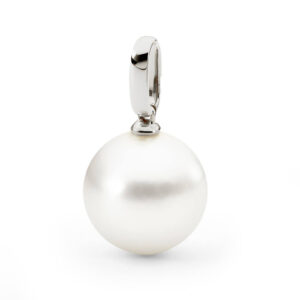
10 mm Round 18ct Pearl Pendant
AUD $1,400.00 -
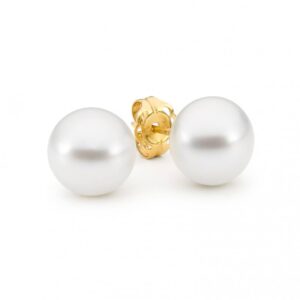
10-11mm Button South Sea Pearl Studs 9 carat Yellow Gold
AUD $800.00 -
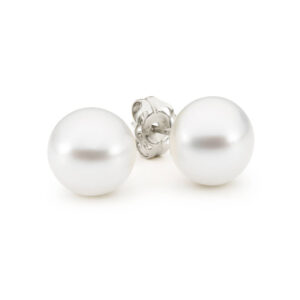
10-11mm Button South Sea Pearl Studs in 9 carat White Gold
AUD $800.00 -
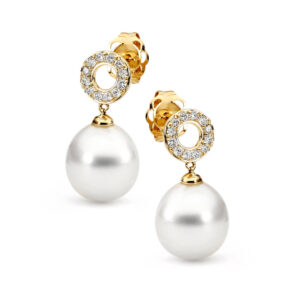
10-11mm Diamond Halo & Pearl Earrings
AUD $3,420.00 -

10-11mm White Gold Diamond Halo & Pearl Earrings
AUD $3,420.00 -

10-12mm Button South Sea Pearl Necklace
AUD $12,000.00 -
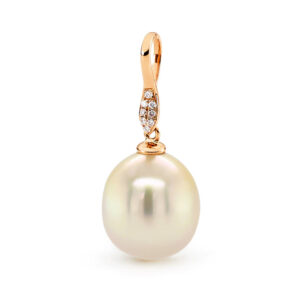
10mm Cream Burmese Pearl Pendant on 18ct Rose Gold
AUD $870.00 -
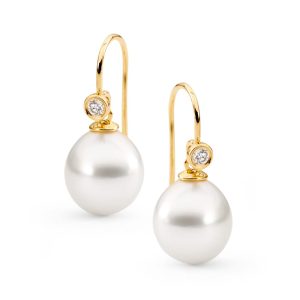
10mm Drop South Sea Pearls set with a single bezel set diamond hook Earrings
AUD $1,750.00 -

10mm Drop-circle Pearl Pendant White Gold
AUD $600.00 -

10mm Drop-circle Pearl Pendant Yellow Gold
AUD $600.00 -
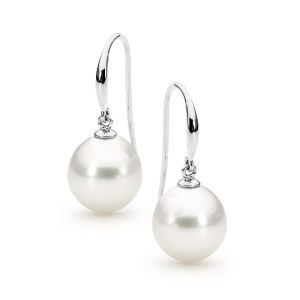
10mm Oval South Sea Pearl White Gold Earrings
AUD $1,350.00 -
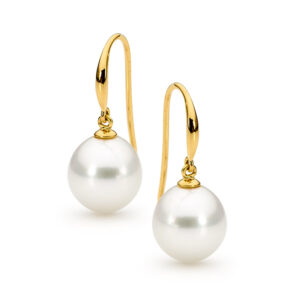
10mm Oval South Sea Pearl Yellow Gold Earrings
AUD $1,350.00 -
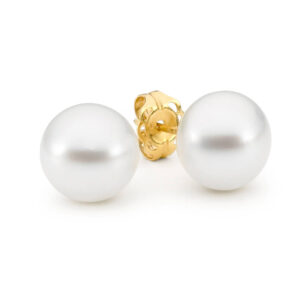
10mm Round South Sea Pearl & 18 carat Yellow Gold Studs
AUD $2,300.00 -

10mm South Sea Pearl & Sterling Silver Pendant
AUD $410.00 -

10mm South Sea Pearl Lever Back Earrings
AUD $800.00 -
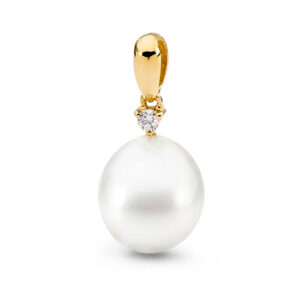
10mm South Sea Pearl on an 18 carat Yellow Gold Single Diamond Pendant
AUD $950.00 -
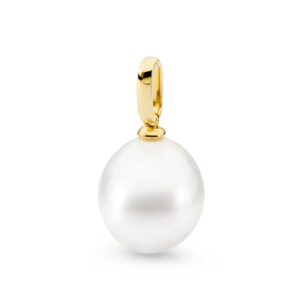
10mm South Sea Pearl set on an 18 carat Yellow Gold Pendant
AUD $900.00 -

10mm South Sea Pearl set on an 18ct White Gold Diamond Pendant
AUD $1,200.00 -
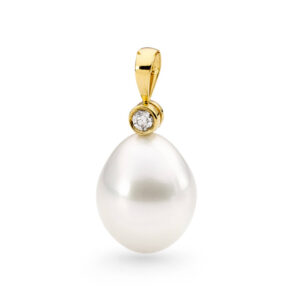
10mm South Sea Pearl set on an 18ct Yellow Gold Diamond Pendant
AUD $1,200.00 -
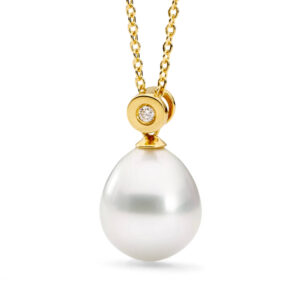
10mm South Sea Pearl with a Diamond Set Pendant & Chain
AUD $1,800.00 -

10mm South Sea Pearl with Diamond Set White Gold Shepherd Hooks
AUD $1,680.00 -

10mm South Sea Pearl with Diamond Set Yellow Gold Shepherd Hooks
AUD $1,680.00 -

11 mm Oval South Sea Pearl White Gold Earrings
AUD $1,600.00 -

11 mm Oval South Sea Pearl Yellow Gold Earrings
AUD $1,600.00
White/Broome South Sea Pearls
Australia has the finest and largest natural proliferation of white and silver cultured pearl producing oysters of the species Pinctada Maxima.
The richest oyster beds are around the town of Broome, Western Australia, 2000 kilometres north of Perth, 1500 kilometres south of Darwin. South Sea Pearls are often referred to as Broome Pearls or Australian Pearls for this reason.
History of Australian South Sea Pearls
In the 1880’s divers off pearling luggers began to collect Pinctada Maxima shells around Eighty Mile Beach just south of Broome, Roebuck Bay in Broome, the Torres Straights and in the Timor Seas. The world market was hungry for MOP or Mother of Pearl products, used for cutlery, buttons, and for all types of jewellery as well as the inlay on bibles, pistols and hairbrushes amongst other things.
With the MOP collection, came natural pearls as a valuable biproduct of the shell business and Australia was supplying 75 % of the world demand for MOP and natural pearls by 1900.
The modern south sea pearl business started in the 1950’s and Boris Norman of The Australian Pearl Company and established in London in 1934, purchased the first commercially available Australian pearl harvest in the town of Broome in 1959.
The Paspaley family of Darwin, the capital of the Northern Territory, are the largest and most successful pearl farmers in Australia. David Norman and his father Boris had long term dealings with Nick Paspaley Sr. and Jr. David often says, “that Nick Paspaley who runs the family company is to pearls what Stephen Jobs was to mobile telephones, an innovator and tireless perfectionist.”
Other notable families in the annals of the Australian pearl business are The Hamaguchis, The Kuribayashis, The Males, The Browns, The Morgan’s, The Arrows, The Kailis family who founded Broome Pearls, and The Autore’s.
Cultivation of White Pearls
The method of cultivating south sea cultured pearls in the Pinctada Maxima oyster involves the insertion of a round bead carved from a shell, which is placed near the gonad region of the host oyster. The oyster isolates this foreign object by surrounding it with a pearl sac and begins to deposit layers of nacreous aragonite crystals in concentric layers around the nuclei. Two years later a pearl is formed and ready to be harvested.
Once nucleated, the oysters are placed in panels, six to a panel and suspended two to three metres underwater on a long rope called a long line. Due to the abundant marine growth around the oysters, they need constant cleaning in the rich waters of northern Australia and specially designed cleaning barges feed each net panel of six oysters through a system of low pressure water jets and then scrape off excessive barnacle growth allowing the oysters to feed in the nutrient rich waters they inhabit, and also being kept out of the water as short a time as possible .
Good shell husbandry, nutrient rich water in strong tidal waters, as well as an absence of tourists and human traffic, is essential for the oysters to have the optimal growing conditions, to be able to produce the finest pearls. Australia leads the world in developing the pearling industry with huge sums of money spent each year of Research and Development and the improvement of the cultured south sea pearl business.
Australian White Pearls: Rich in Lustre & Texture
The Australian South Sea Pearls are white and silver in colour and there are deeper more textured colours within these predominantly white or silver pearls, notably pink rose tints and sometimes more metallic green tones.
Centred around the town of Broome, and also cultivated in The Northern Territory and Far North Queensland, the Australian South Sea Pearls come out of the oyster completely ready to be fashioned into pearl jewellery.
White Pearl Jewellery
The sizes of the pearls range from 10-20 millimetres averaging 12-13 millimetres across the whole harvest, and in round, near- round, button, drop, oval, circle-drop and circle -button, semi- baroque and baroque (free form ) shapes. These marvels of nature are beautifully bright and lustrous and are a perfect complement to any jewellery collection.
Once harvested, the Australian South Sea Pearl crop is typically graded by size, colour, shape, skin surface condition, and by lustre and then sorted into pearl strands, pearl bracelets, pearl earring sets, and pearls for rings and pendants, enhancers and brooches.
A quota system imposed on pearl farmers and managed and operated by the State’s Ministry of Fisheries is in place so that the natural Oyster beds resource is carefully managed.
Two years of culturing yields these gems which are sold by private negotiation and by auction to the wholesalers and necklace and jewellery makers around the world.
Broome remains the pearling capital of Australia with between 10 and 20 retail pearl jewellery outlets operating and pearling companies maintaining bases there. Darwin is equally important as a pearling base.
Today, Australia produces over 25 % by value of the world pearl business. Australian South Sea Cultured Pearls are seen in jewellery in all the leading jewellers of the world.
We have a large range of white pearls; including broome pearl earrings, pendants, rings, and a combination of white pearl necklaces that are suitable for all styles and tatses.





